Growth in Polyethylene Production
The Linear Alpha Olefin Market is significantly influenced by the expansion of polyethylene production. Linear alpha olefins are crucial feedstocks in the synthesis of various polyethylene grades, which are widely utilized in packaging, automotive, and construction applications. The increasing demand for lightweight and durable materials is propelling the growth of the polyethylene market, which is expected to reach a valuation of over USD 200 billion by 2026. This growth is likely to create a ripple effect, enhancing the demand for linear alpha olefins as manufacturers seek to optimize their production processes. Furthermore, advancements in polymerization technologies are expected to improve the efficiency of polyethylene production, thereby increasing the consumption of linear alpha olefins. As such, the Linear Alpha Olefin Market stands to benefit from these developments, positioning itself as a vital player in the evolving materials landscape.
Advancements in Catalytic Processes
The Linear Alpha Olefin Market is poised for growth due to advancements in catalytic processes that enhance the production efficiency of linear alpha olefins. Innovations in catalyst design and optimization are enabling manufacturers to produce higher yields of linear alpha olefins from various feedstocks, including natural gas and bio-based materials. These advancements not only reduce production costs but also minimize environmental impact, aligning with the industry's shift towards sustainability. Recent studies indicate that the implementation of advanced catalytic processes can increase production efficiency by up to 30%, thereby making linear alpha olefins more economically viable. This trend suggests a promising future for the Linear Alpha Olefin Market, as companies adopt these technologies to meet the rising demand for high-performance olefins in various applications.
Rising Demand in Detergent Industry
The Linear Alpha Olefin Market is experiencing a notable surge in demand from the detergent sector. This increase is primarily driven by the growing consumer preference for biodegradable and environmentally friendly cleaning products. Linear alpha olefins serve as key intermediates in the production of surfactants, which are essential components in detergents. As consumers become more environmentally conscious, manufacturers are increasingly incorporating linear alpha olefins into their formulations. According to recent data, the detergent market is projected to grow at a compound annual growth rate of approximately 4.5% over the next five years, further bolstering the demand for linear alpha olefins. This trend indicates a robust opportunity for growth within the Linear Alpha Olefin Market, as companies strive to meet the evolving needs of consumers seeking sustainable cleaning solutions.
Increasing Use in Lubricants and Additives
The Linear Alpha Olefin Market is witnessing a growing utilization of linear alpha olefins in the formulation of lubricants and additives. These compounds are valued for their superior performance characteristics, including thermal stability and low volatility, making them ideal for high-performance lubricants. The automotive and industrial sectors are particularly driving this trend, as manufacturers seek to enhance the efficiency and longevity of their products. The lubricant market is projected to grow at a rate of approximately 3% annually, which could lead to increased consumption of linear alpha olefins. This trend indicates a favorable outlook for the Linear Alpha Olefin Market, as it aligns with the broader movement towards high-quality, efficient lubricants that meet stringent regulatory standards.
Emerging Applications in Personal Care Products
The Linear Alpha Olefin Market is expanding into the personal care sector, where linear alpha olefins are increasingly being used as emollients and surfactants in various formulations. The rising consumer demand for high-quality personal care products, including skin and hair care items, is driving this trend. Linear alpha olefins offer desirable properties such as skin compatibility and excellent emulsification capabilities, making them attractive to manufacturers. The personal care market is expected to grow significantly, with projections indicating a compound annual growth rate of around 5% over the next few years. This growth presents a substantial opportunity for the Linear Alpha Olefin Market, as companies look to innovate and diversify their product offerings to cater to the evolving preferences of consumers.


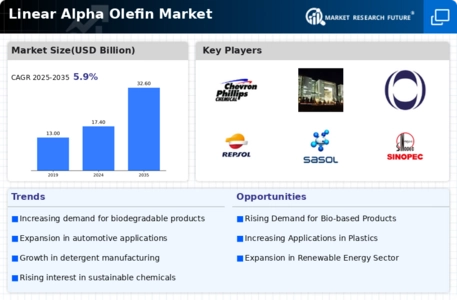
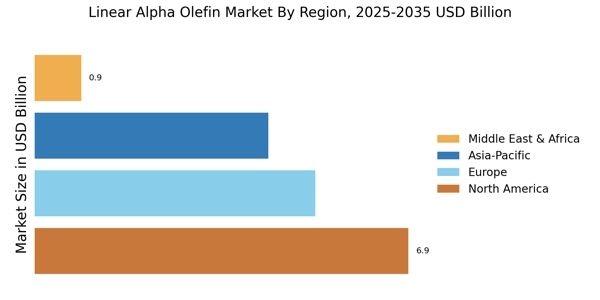
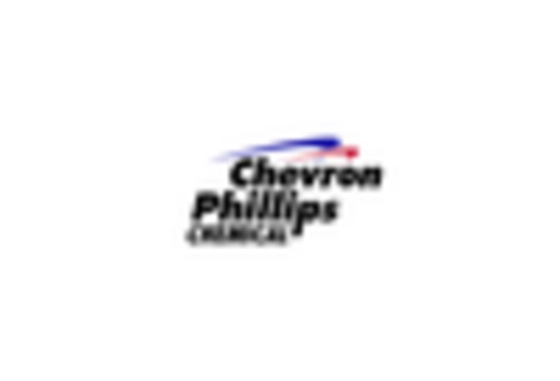

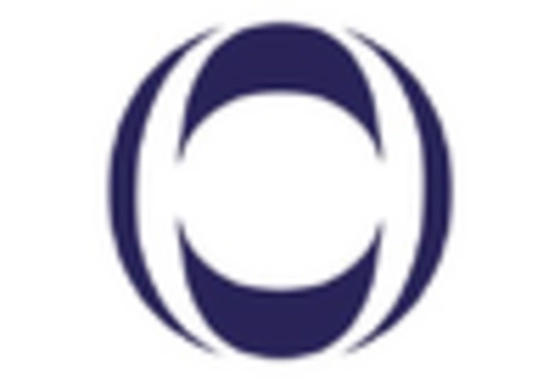


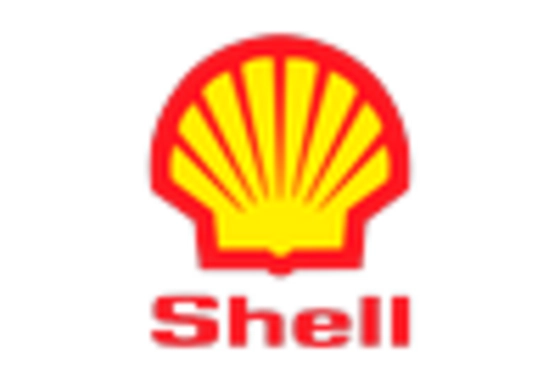








Leave a Comment